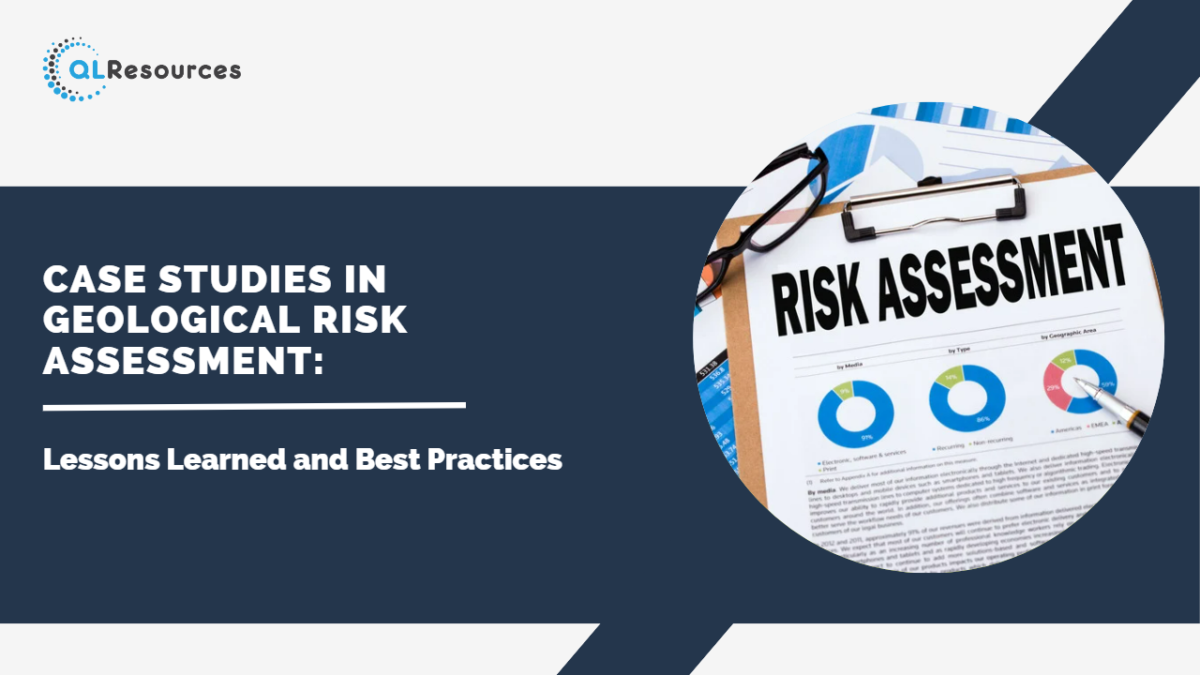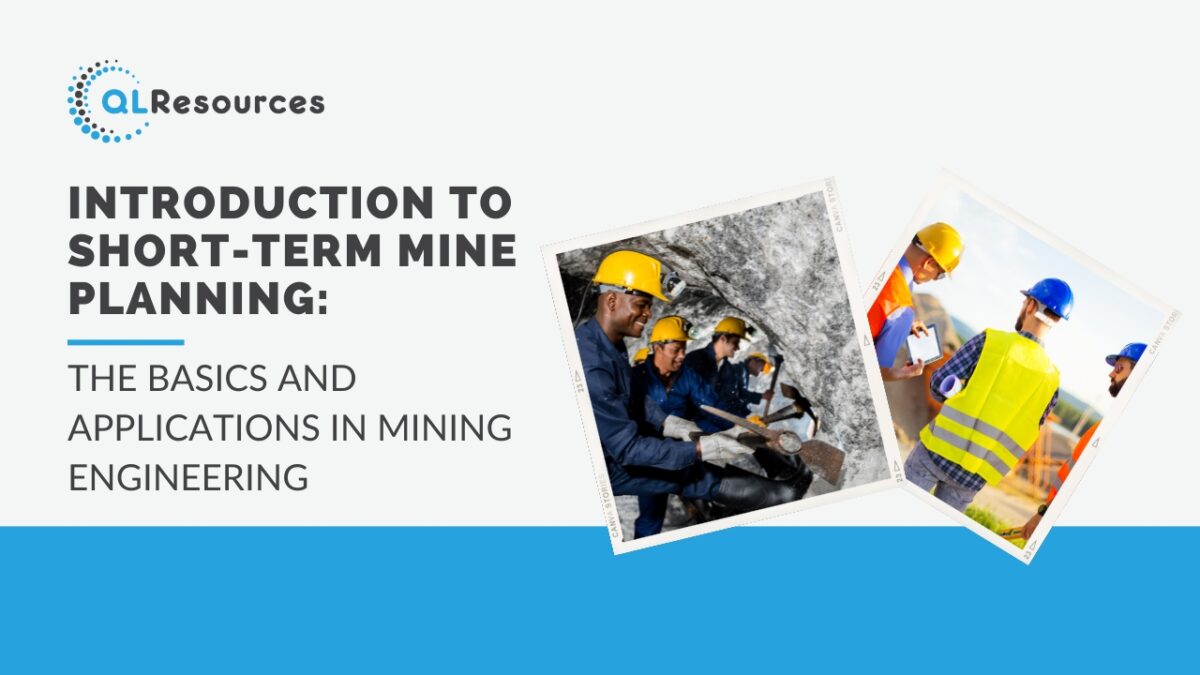Geological risk assessment plays a crucial role in various industries, including mining, construction, infrastructure development, and environmental planning. Understanding and mitigating geological risks are essential to ensure the safety and success of projects in areas prone to geological hasards. In this blog post, we will delve into case studies in geological risk assessment, examining lessons learned and best practices from real-world scenarios. These case studies offer valuable insights into effective approaches to identify, assess, and manage geological risks.
Landslide Risk Assessment:
Landslides pose a significant geological risk, especially in mountainous regions or areas with steep slopes. A case study involving a construction project in a hilly terrain highlights the importance of conducting a comprehensive landslide risk assessment. The study emphasises the need for detailed geological mapping, geotechnical investigations, and slope stability analysis to identify potential landslide-prone areas. The project’s success relied on implementing appropriate mitigation measures such as slope stabilisation techniques, drainage systems, and early warning systems based on real-time monitoring. The case study emphasises the significance of understanding local geological conditions and employing suitable engineering solutions to mitigate landslide risks effectively.
Seismic Risk Assessment:
Seismic events, such as earthquakes, can have catastrophic consequences, impacting infrastructure and endangering lives. A case study focusing on a city located in a seismically active zone underscores the importance of seismic risk assessment in urban planning and development. The study highlights the use of advanced seismic hazard mapping techniques, including probabilistic seismic hazard analysis (PSHA), to assess the potential intensity and frequency of earthquakes. By incorporating the results of the assessment into building codes and infrastructure design, the city was able to enhance its resilience against seismic events, leading to improved safety and reduced damage in the event of an earthquake.
Groundwater Contamination Risk Assessment:
Contamination of groundwater sources poses environmental and public health risks, particularly in areas with industrial activities or improper waste management. A case study focusing on a contaminated groundwater site demonstrates the importance of conducting a thorough risk assessment to identify the sources, pathways, and potential impacts of contamination. The study emphasises the use of advanced techniques such as groundwater modeling and risk mapping to assess the extent and severity of groundwater contamination. Effective mitigation measures, including remediation techniques and monitoring systems, were implemented based on the risk assessment findings, leading to the protection and restoration of the groundwater resources.
Coastal Erosion Risk Assessment:
Coastal erosion is a significant geological risk that affects coastal communities, infrastructure, and ecosystems. A case study involving a coastal development project emphasises the importance of comprehensive coastal erosion risk assessment. The study highlights the use of topographic surveys, wave modeling, and shoreline change analysis to assess erosion rates, identify vulnerable areas, and predict future coastal changes. By integrating the risk assessment results into the project’s design and planning, coastal defenses and adaptive measures were implemented, such as beach nourishment, seawalls, and setback requirements. This case study demonstrates the importance of considering long-term coastal dynamics and employing suitable strategies to mitigate coastal erosion risks effectively.
Sinkhole Risk Assessment:
Sinkholes pose a geological risk that can lead to sudden collapses and damage to infrastructure. A case study focusing on an urban area with a history of sinkhole occurrences emphasises the need for comprehensive sinkhole risk assessment. The study showcases the use of geophysical surveys, subsurface investigations, and risk mapping to identify potential sinkhole-prone areas. By incorporating the risk assessment findings into urban planning and engineering practices, the city was able to implement measures such as ground stabilisation, geotechnical design considerations, and sinkhole monitoring systems to minimise the risk of sinkhole-related incidents.
Conclusion:
Case studies in geological risk assessment provide valuable insights into effective approaches and best practices for identifying, assessing, and managing geological risks. Lessons learned from these case studies emphasise the importance of conducting comprehensive risk assessments tailored to specific geological hazards, utilising advanced technologies and techniques, and integrating risk assessment findings into project planning and design. By understanding the geological context, employing appropriate mitigation measures, and incorporating ongoing monitoring and adaptation, organisations can effectively manage geological risks and ensure the safety and success of projects in areas prone to geological hazards. These case studies serve as valuable resources for professionals involved in geological risk assessment and provide a foundation for implementing best practices in the field.
Join our community and never miss an update! Subscribe to our newsletter and blog to stay up-to-date on the latest trends, tips, and insights in your area of interest. Don’t miss out on exclusive content and promotions. Sign up now and be a part of our growing community!


